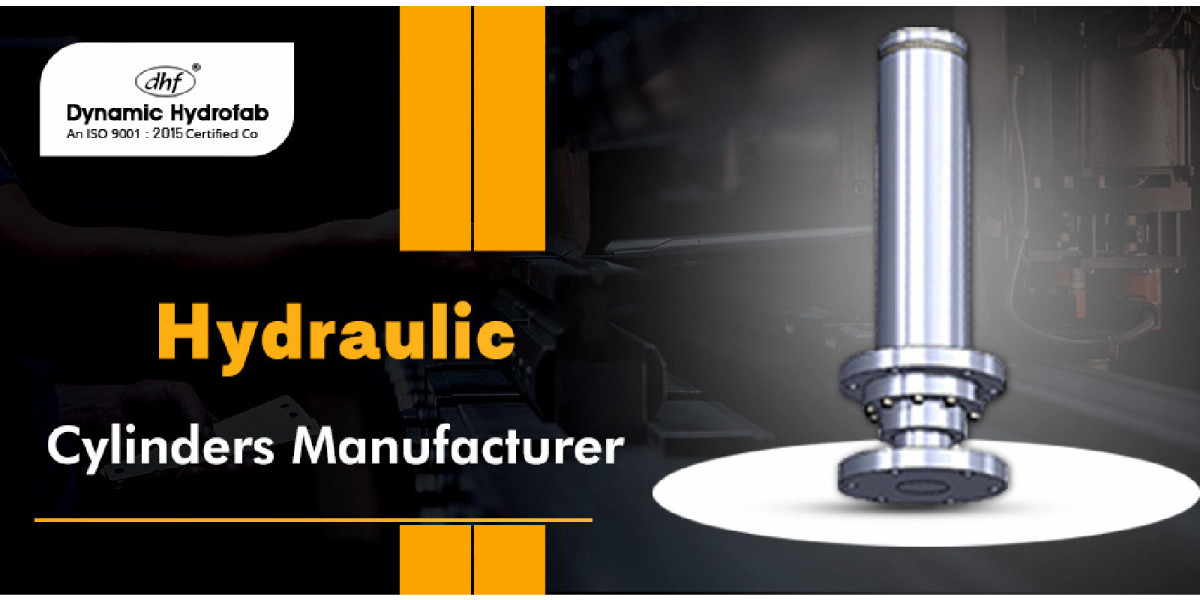An integral part of many industrial processes, the hydraulic cylinder converts hydraulic energy into linear motion. Construction, maritime, mining, and agricultural machinery all make frequent use of hydraulic cylinders as actuators. To transform the potential energy of moving liquids into usable mechanical energy, one can use a hydraulic cylinder. The piston rod incorporates a small hydraulic switching element. One needs to understand what is hydraulic actually.
A cylinder system is a mechanism that uses numerous rod-shaped components to transform liquid pressure into a bigger mechanical force, while a hydraulic transmission system uses incompressible media transmission as the power transmission medium. The operation of heavy machinery and manufacturing processes have been crucial in propelling numerous sectors. However, read more on what is hydraulic cylinder and what is the mechanism's true operation?
Hydraulic Cylinder Definition
A hydraulic cylinder is a machine that can move in a straight line by applying pressure to fluids that cannot be compressed. Its usefulness in many systems and devices is due to its capacity to transform hydraulic pressure into mechanical work. Actually, the process of turning hydraulic oil into mechanical force is carried out by a hydraulic cylinder.
To put it simply, a hydraulic cylinder may leverage the properties of the liquid to transform the compression deformation of the liquid into motion in the direction of the rod and produce the force necessary to push it. Despite its seemingly simplistic design, the hydraulic cylinder is capable of producing tremendous force. Since they can produce a lot of power from a relatively small capacity, hydraulic cylinders find widespread use across many industries. Keep reading on what is hydraulic cylinder used for.
Visit Us for More Information:- https://www.dhf.in/blog/what-is-a-hydraulic-cylinder-and-how-does-it-work








